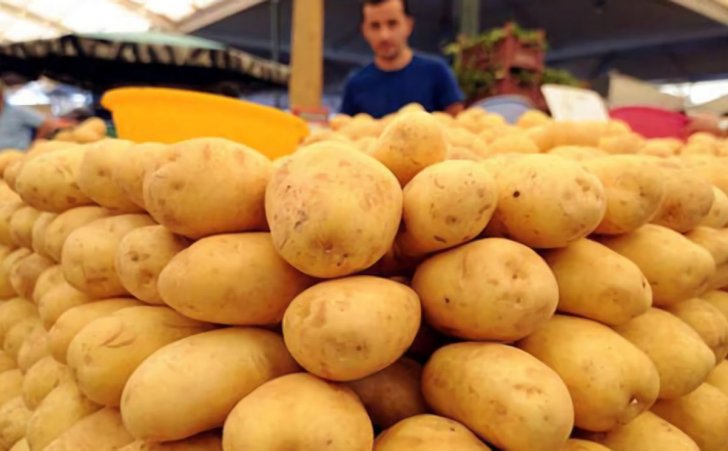Total U.S. potato exports increased by 4% in volume and 1% in value for July 2020 – June 2021 compared to the previous marketing year (MY). Exports from the U.S. were impacted by reduced demand and shipping problems starting in January 2020; this reduced demand carried through the end of 2020.
Starting in 2021, demand in the international markets returned; however, problems with shipping and tight U.S. supplies limited exports. Total exports for MY21 were $1.8 billion, down only $21,194,087 from the record high in MY19, and the total volume was 1,733,236 metric tons (MT), down by 2,422 MT from the MY19 record.
The rebound in exports was led by a 9% increase in fresh potatoes, a 10% increase in potato chips, and a 2% increase in frozen exports, accounting for 51% of the total.The only product to decline was dehydrated potatoes, dropping by 4%. On a fresh weight equivalent (FWE) basis, the volume of exports increased by 2% due to the greater impact of dehy within this calculation.
The increase in frozen exports was mainly driven by an 89% increase in exports to Mexico. The increase was, in part, a recovery from the reduction caused by the imposition of the retaliatory tariff on U.S. fries. The increase was, in part, a recovery from the reduction caused by the imposition of the retaliatory tariff on U.S. fries.
Other positive markets were Malaysia, up by 5%, and Guatemala, up by 16%. Because of the impacts of the pandemic and shipping challenges, most markets in Asia were down. The biggest declines occurred in the Philippines, down by 30%, and China, down by 31%.
Canada was once again the largest market for dehydrated potato exports, though the market declined by 3%. Japan was the second-largest market and grew by 2%, while Mexico, the third-largest market, stayed flat.
The United Kingdom increased by 49%, most likely due to changes brought about by Brexit. United States dehy exports were constrained more by supply than demand as U.S. processors faced significant labor issues and tight raw product supplies.
Canada remains by far the largest destination for U.S. fresh potato exports and saw growth of 6% this past year. The majority of exports to Canada are for processing, either into chips or frozen fries.
Exports to Mexico increased by 10%, while still constrained to the 26-kilometer border zone. A decision by the Mexican Supreme Court, affirming the right of the Ministry of Agriculture to establish the import requirements for U.S. exports, should help to open the entire country to U.S. fresh potatoes.
Exports of fresh chipping potatoes to Japan increased by 68% based on the agreement to allow access year-round.
It is anticipated that with the continued easing of restrictions around the world, U.S. potato exports will continue to grow in MY22. The reduced acreage and difficult growing conditions in Europe this summer should reduce supplies from the EU.
However, the problems with shipping will continue to hinder U.S. exports, as will tight supplies of potatoes in the United States.
Potatoes USA will continue to build demand for U.S. potatoes in the international markets utilizing USDA export development program funds and work with the National Potato Council to open Mexico and other markets to U.S. potatoes.
